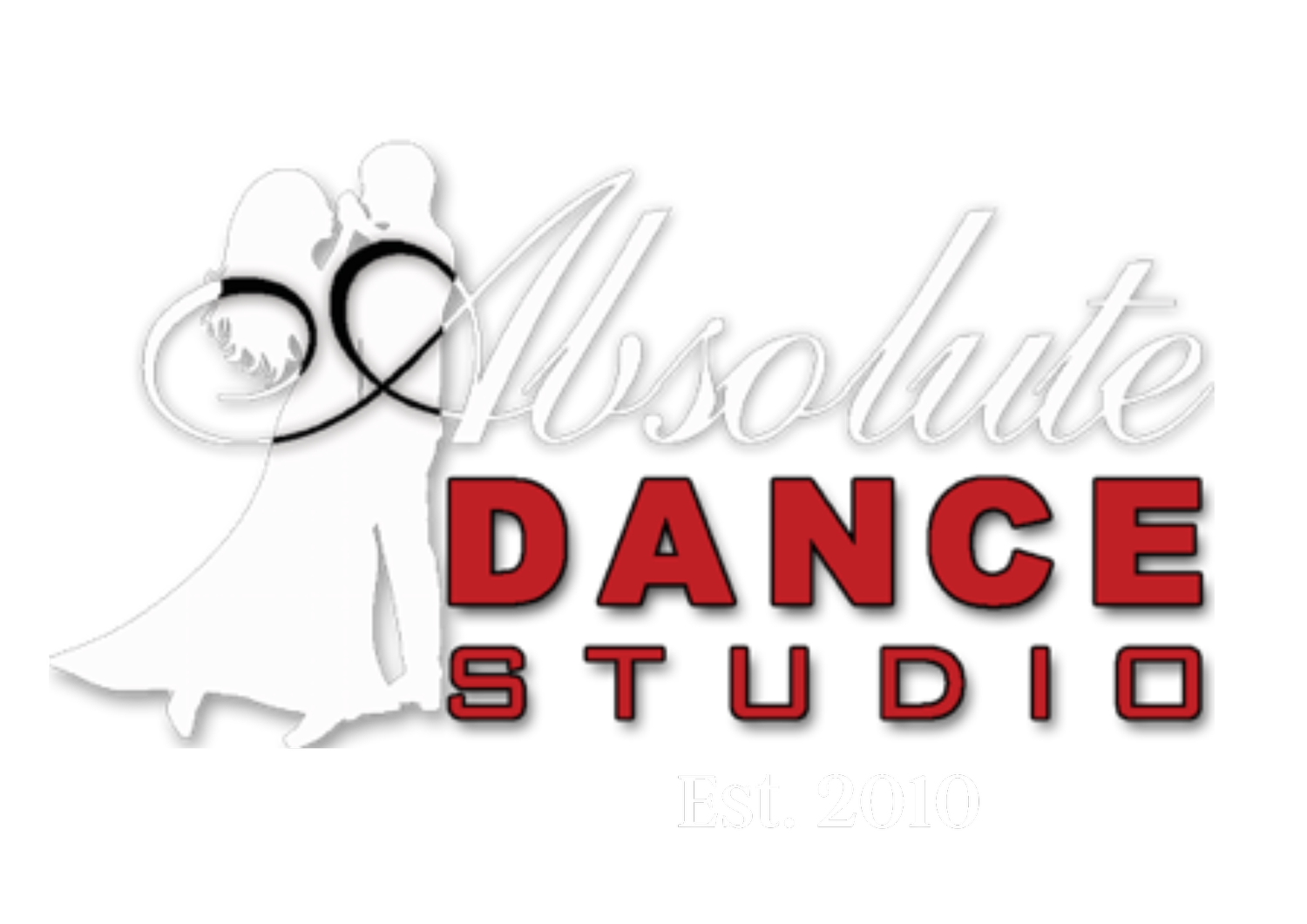Social
Merengue
The Merengue is a popular dance of Haiti and the Dominican Republic and is a truly lively Latin dance. There is an old tale about a very brave and famous military officer who was wounded in battle and developed a limp. A celebration dance was given for the great hero returning from the war. Rather than embarrass their hero, who limped on his wounded leg while dancing, all the men present favored their leg as well, & thus the Merengue was born.
Mambo
The spicy Mambo as we now know it grew out of the Danzon (national music of Cuba), and grasped the imagination of the American dance scene at the close of World War II. Later, fast Swing-Jazz and upbeat Latin music joined in to form the updated and uninhibited Mambo. The Mambo is a spot dance and the steps are quite compact.
East Coast Swing
The Salsa is the ‘street name’ for a sexier and more kicked back interpretation of the Mambo. Consisting of the same basic step patterns, the Salsa is the Mambo with a few tricks taken from the Hustle. The steps begin on the 1st beat and there are small kick-like enhancements. The couple also spends more time in an open position, with the man breaking on the 1st beat. Improvisation is more then welcomed and adding spins, arm, and leg work continue to expand it’s style.
Salsa
The dance evolved from the Lindy Hop with the work of the Arthur Murray dance studios in the 1940s. East Coast Swing can be referred to by many different names in different regions of the United States and the World. It has alternatively been called Eastern Swing, Jitterbug, American Swing, East Coast Lindy, Lindy (not to be confused with Lindy Hop), and Triple Swing. Other variants of East Coast Swing that use altered footwork forms are known as Single Swing or “Single-step Swing” (where the triple step is replaced by a single step forming a slow, slow, quick, quick rhythm common to Foxtrot), and Double Swing (using a tap-step footwork pattern).
West Coast Swing
West Coast Swing (WCS) is a partner dance with roots in Lindy Hop. It is characterized by a distinctive elastic look that results from its basic extension-compression technique of partner connection, and is danced primarily in a slotted area on the dance floor. The dance allows for both partners to improvise steps while dancing together, putting West Coast Swing in a short list of dances that put a premium on improvisation.
Typically the follower walks into new patterns traveling forward on counts “1” and “2” of each basic pattern, rather than rocking back.[4] The Anchor Step is a common ending pattern of many West Coast Swing figures.
Hustle
The Hustle (Disco) is a member of the Swing family, and is like the West Coast Swing in pattern. It has a distinct flavor, utilizing Disco style music & revived partnerstyle among nightclub dancers in the 70s. Hustle is danced to the contemporary pop dance music of the last 20 years. It is a fast, smooth dance, with the lady spinning almost constantly, while her partner draws her close and sends her away.
Two Step
The two-step is a partner dance, consisting of a “leader” (traditionally a man) and a “follower” (traditionally a woman). The leader determines the movements and patterns of the pair as they move around the dance floor. It is a progressive dance that proceeds counterclockwise around the floor. The partners begin in closed position with the leader facing the line of dance. The follower stands facing the leader. In a traditional “frame” the leader places his/her right hand over his/her partner’s left shoulder. In the more contemporary styling, the frame is formed by placing the right hand under the follower’s arm, and on his/her back. In either case the leader holds the follower’s right hand in his/her left hand at about shoulder height.
Traditionally, Two Step includes three steps: a quick step, a quick step, and then a slow step. In modern times, this is also known as Texas Polka. It can be danced to music with either a 2/4 or 4/4 time signature.








